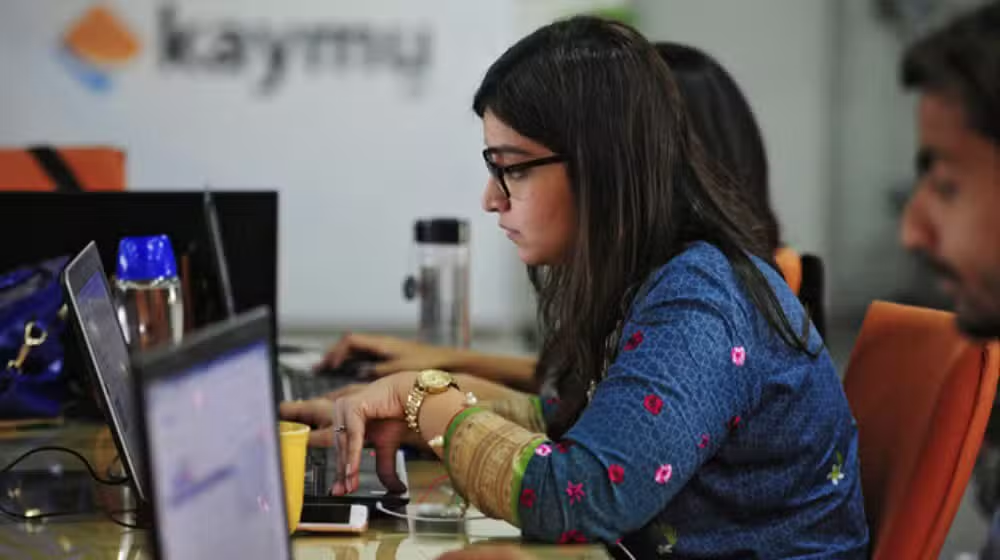A Troubling Score in a Crucial Global Index
Pakistan has been ranked 148th out of 148 countries in the World Economic Forum’s Global Gender Gap Report 2025, marking the worst position globally. This annual report evaluates countries on gender parity across four key pillars:
- Economic Participation and Opportunity
- Educational Attainment
- Health and Survival
- Political Empowerment
Pakistan’s overall score dropped from 57% in 2024 to 56.7% in 2025, marking the second consecutive year of decline. This ongoing deterioration poses serious questions about national efforts toward gender equality, especially as many other countries—developing and developed alike—show steady improvement.
Education: A Mixed Picture of Progress
The report did show a minor improvement in educational attainment, rising from 83.6% to 85.1%. On the surface, this looks like a step forward, especially with female literacy improving slightly from 46.5% to 48.5%.
However, the gain is not as clear-cut as it appears. A significant factor behind this improvement is a decline in male university enrollment, not necessarily a dramatic rise in female participation. In rural areas of Pakistan—such as parts of interior Sindh or southern Punjab—many girls continue to drop out after primary school due to lack of facilities, societal restrictions, or early marriages.
The Punjab Education Foundation (PEF) and Sindh Education Foundation (SEF) have made some efforts to bridge this gap, but the change is not occurring at the scale required.
Economy: A Shrinking Space for Women
The most concerning dip occurred in economic participation and opportunity, which declined by 1.3 percentage points. The gender wage gap widened, and women’s presence in leadership roles remained negligible. A perceived 4% increase in wage inequality was also recorded, according to WEF metrics.
The World Bank reports that only 22.8% of Pakistan’s labor force comprises women, and this is mostly concentrated in the informal or low-paid sectors. Women in Pakistan face numerous barriers to workforce participation, including lack of safe transport, gender discrimination, and limited maternity support.
Real-life examples can be seen in urban centers like Karachi or Lahore, where highly qualified women often take up freelance or home-based jobs instead of corporate positions due to safety and cultural pressures.
Politics: Progress Reversed, Again
Political empowerment showed a sharp decline, with the score falling from 12.2% to 11%. While there was a minor uptick in the number of women elected to parliament, their presence in ministerial roles dropped from 5.9% in 2024 to zero in 2025.
This is a troubling trend, especially after Pakistan’s earlier strides with women like Benazir Bhutto and Fehmida Mirza holding key political offices. Currently, there is a visible absence of women in national leadership, suggesting a regression in inclusive governance.
Health & Survival: The Only Static Metric
In the domain of health and survival, Pakistan continues to struggle. The score has stagnated with little change, reflecting persistent challenges in maternal health, nutrition, and access to reproductive services—particularly in Balochistan and Khyber Pakhtunkhwa.
According to the Pakistan Demographic and Health Survey (PDHS), maternal mortality remains high in rural areas due to poor healthcare access and lack of trained professionals.
Historical Perspective: A Slow and Uneven Journey
Since 2006, Pakistan has managed to close just 2.3% of its overall gender gap, a figure that underlines the glacial pace of progress. The country’s best score was 57.7% in 2023, and the 2025 numbers mark a significant decline.
Compared to regional neighbors like Bangladesh or Sri Lanka, Pakistan’s gender gap is far wider. Bangladesh, for instance, ranks 99th, largely due to better female political participation and textile industry employment.
What Needs to Change?
1. Stronger Government Commitment
Policies around women’s education, employment, and safety need enforcement, not just announcement. Reserved seats in parliament or quotas in companies are not enough without implementation.
2. Public-Private Partnerships
Tech companies and startups can play a vital role by encouraging remote work opportunities, especially for women in smaller cities.
👉 Related link suggestion:
3. Media & Social Narratives
Mainstream media must highlight success stories of women in business, STEM, law, and agriculture to inspire cultural shifts.
4. Invest in Safe Transportation
Many women are kept out of the workforce due to harassment or lack of secure transport. Metrobus systems in Lahore and Islamabad have helped, but more nationwide initiatives are needed.
Final Thoughts: A Nation Can’t Progress Without Its Women
The Global Gender Gap Report 2025 isn’t just a ranking—it’s a mirror held up to our societal structures. Pakistan’s last-place position is not a coincidence but a result of systemic neglect, cultural inertia, and policy inaction.
If Pakistan wants to build a truly inclusive and prosperous future, gender equality must be at the center of national planning—not as a checkbox, but as a fundamental right.
📌 Want to stay updated on women’s rights in Pakistan?
Check out our latest articles here:




